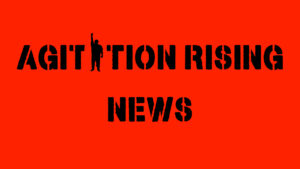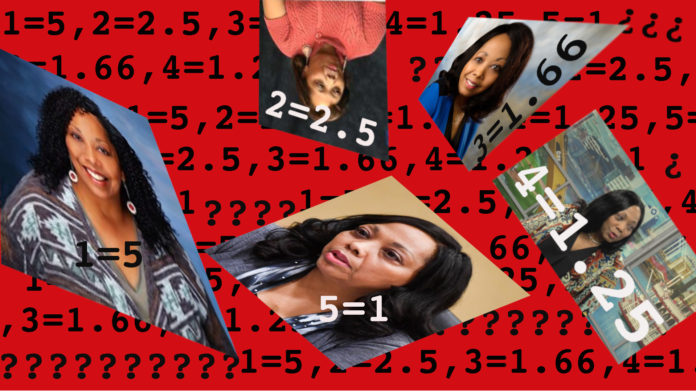At-Large seats privilege the majority.
–Brennan Center for Justice
Since local elections only generate 12% turnout, slightly more than the population of Peoria’s ruling class, At-Large elections reinforce the status-quo of a city reflexively. In Peoria, that would make it extremely difficult for anyone but the good ole’ boys from the Lahood and Weaver conservatives to get elected.
However, cumulative voting is a particularly, peculiar answer on how to improve minority representation. Peoria At-Large races are the only electoral races in the state which relies on cumulative voting, one of only around 100 in the entire U.S. Now, if a candidate wants to win, it is hard for them to do anything else but pool votes for just themselves. “Put 5 on it,” becomes every candidate’s motto.
Why does Peoria have this voting method? It seems almost obvious a district system would provide the preferred results of increased equity in elected representation.1 After decades upon decades of racial discrimination in housing, education, and employment, lead plaintiff Joyce Banks brought a lawsuit against the Peoria School Board, Park District, and City Council in 1987 over lack of representation among the minority community. All three political bodies relied on At-Large seats. Plaintiffs wanted to move toward an all district system for all three. This was eventually agreed upon for the Peoria Park District and the Peoria School Board; but, when it came to City Council, the League of Women Voters intervened. A “compromise” was reached whereby City Council would increase its allotment of At-Large seats from three to five but elect them through cumulative voting.
Thirty years later, and what are the results? Black Peorians make up nearly 30% of the population. Only three black people have been elected to At-Large seats and no more than one at a time. This position was held for over 20 years by conservative Eric Turner, and now is being passed to Dr. Ali, a centrist. It’s as if the establishment is saying “we’ll let minorities have a seat… but only one or two.” Add in a black politician from District 12 and BAM! equality achieved, or so the establishment claims. “The Voting Rights suit was filed to ensure African Americans would have a seat at the table. Mission accomplished.” writes lead plaintiff of the 1987 case Joyce Banks.3 And, under the framework of neo-liberalism, equality has been achieved. Is it any wonder the League of Women Voters (a group of largely middle-to-upper class, center-right, white women) insisted on this compromise? While a rarity in government, cumulative voting “is a practice well known in corporate elections. Many American corporations use this mechanism to ensure a voice for minority shareholders.” Such a neo-liberal4 solution fits with the times of the late-80s (back when the concept equity barely had it’s first outlines). Instead of the obvious solution of having ten districts, Peoria City Council chose to look to the free market for its answer to a lack of diversity. Considering how far the Park Board of Trustees and Peoria School Board have come in electing people of color it is clear neither cumulative voting or At-Large seats are benefiting communities of color.
This article was originally published on strangecornersofthought.com.
- One look at Peoria’s Park Board of Trustees or School Board reveals this. The Park District has three black members, one who was just elected President of the Board; and, four out of seven School board seats are occupied by people of color.
- Of the five district seats, only District 1 has elected African-Americans; the current councilmember, Denise Moore, is a conservative financial analyst.
- 4Joyce Banks has also stated she thinks Peoria City Council elections should be all districts. (see Paul Gordon’s October 2011 article “Cumulative voting: What’s your opinion?”: http://www.peorian.com/news/news/politics/183-cumulative-voting-whats-your-opinion
- I define Neo-Liberalism as a capitalist economico-politico system, beginning in the mid-1970s, where taxes were cut on the wealthy and corporations, regulations (especially in financing) were largely rolled back, a fetish for privatization of traditionally government or non-profit fields (education, defense, etc.), the outsourcing of jobs through globalization and the subsequent shift in the West from relatively stable, middle-class union jobs to unstable, low-wage nonunion jobs, and the hypercarceration and hypercriminilization of poor communities but particularly communities of color.
























